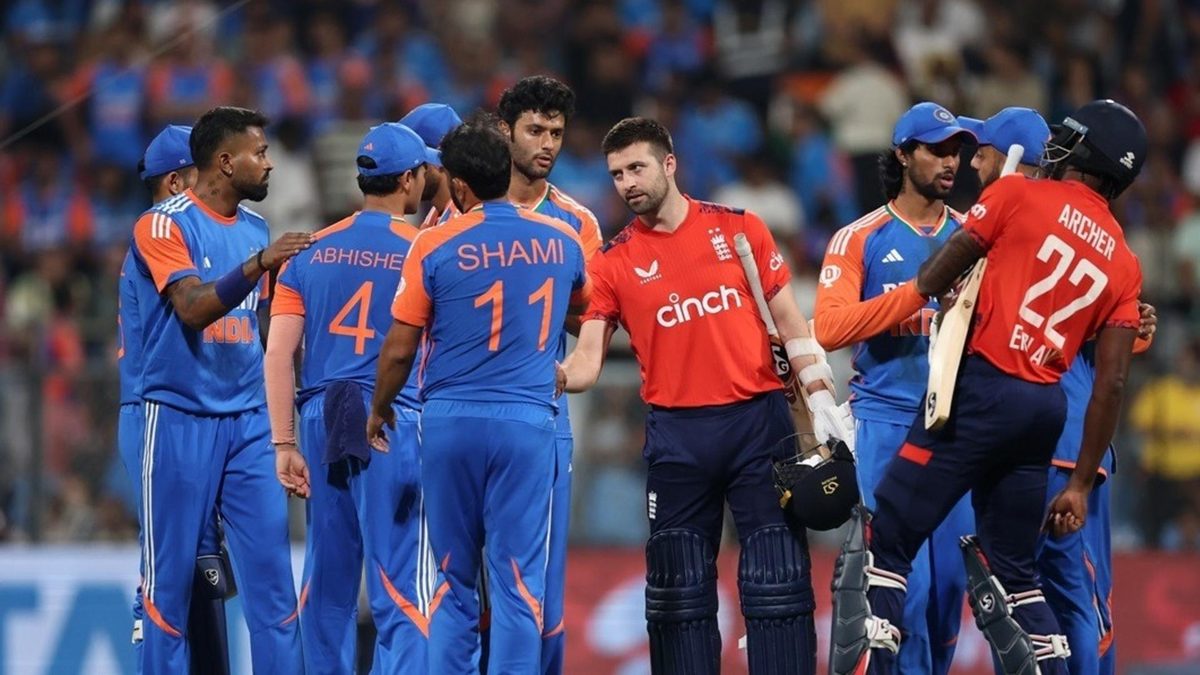
Here are the takeaways from the 2024-25 T20I series between India and England that the hosts won 4-1.
McCullum’s mantra takes hold, but needs refining
This series marked Brendon McCullum's first in charge of England's white-ball sides, and his impact was clear immediately. The tourists fielded possibly their fastest ever attack, with four quicks capable of breaching 140kph, and used those quicks aggressively, often bowling three Jofra Archer overs in the powerplay. There were also some trademark funky field settings, and the batting was as adventurous as ever.
But the series scoreline, and the overwhelming margin of the final T20I defeat, suggests more tweaks are needed. Is high pace always the way to go, even on flat tracks with small boundaries as was the case at Mumbai, or is there room for more pace-off options and another specialist spinner? Did Harry Brook and Brydon Carse need to take on the final three balls of Varun Chakravarthy's spell in the fourth T20I, when they had almost consigned India's dangerman to a wicketless spell? Is there room for one more accumulator in the top three, to prevent the increasingly sorry sight of Jamie Overton walking out to face a spinner with a mountain to climb?
These are some of the questions McCullum has to answer; he can at least be under no illusion now about the scale of the task.
Abhishek and Varun showcase star quality
Eight months ago, Abhishek Sharma was an uncapped international. Varun Chakravarthy, a former India cap, tried and let go in 2021. Little was expected when their phenomenal performances at the 2024 IPL helped them earn T20I caps.
After 17 T20Is, Abhishek’s career aggregate reads 535 runs at a strike rate of 194, the highest in men’s T20Is with a 500-run cut-off. More than the rapid runs it was also how easily, how “correctly” did this, especially after the jaw-dropping, record-breaking 135 at Mumbai. He also bowls, which makes him an excellent fit in India’s new scheme of things.
Varun’s 33 wickets have come at only 14.57. Since his comeback, he has had 31 at a scarcely believable 11.25. As the series went on, his dual ability to keep England in check and pick wickets at the same time became almost predictable. Between them, they determined the course of the series.








